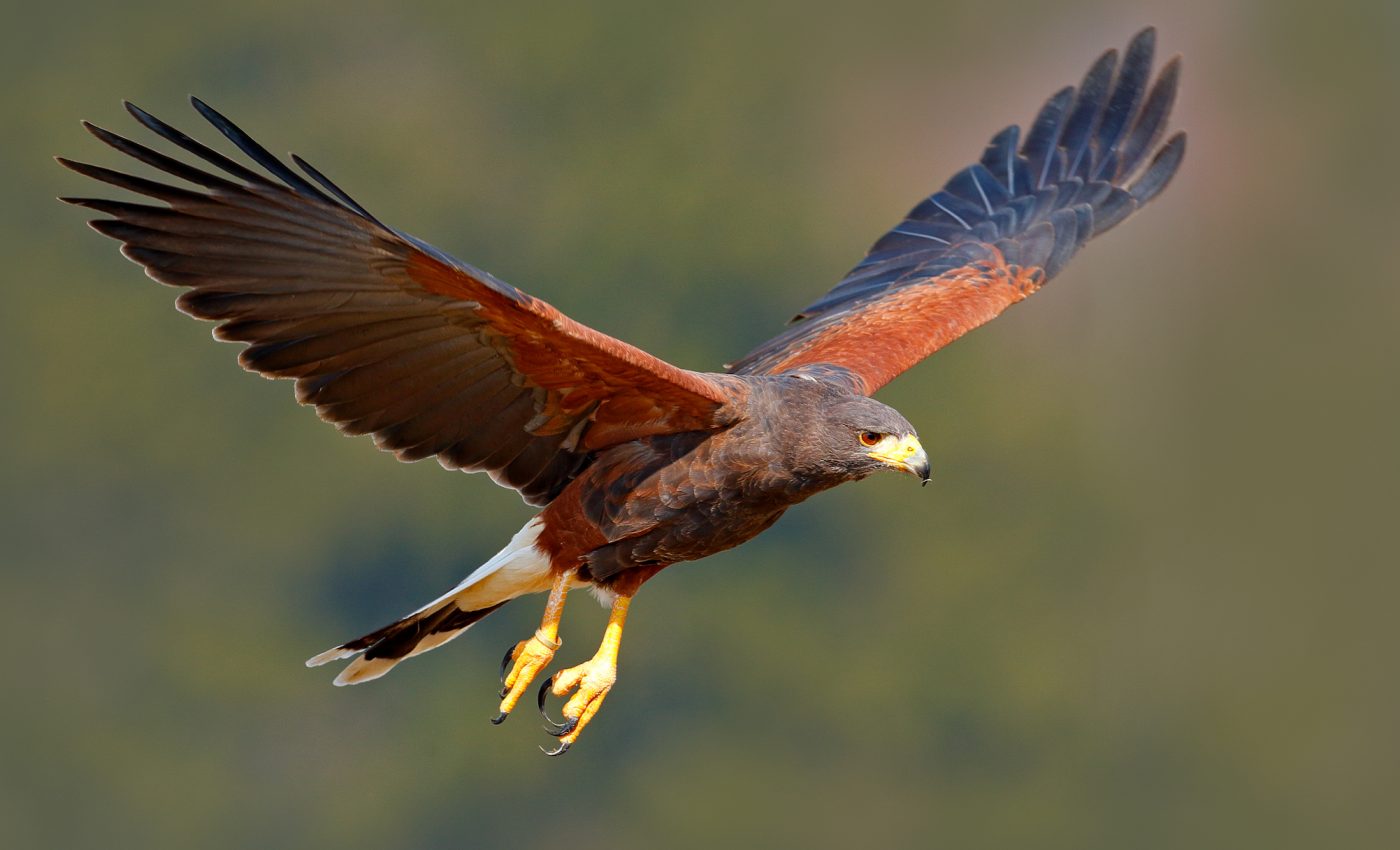
The hunting methods used by hawks could help design new drones
Researchers from the University of Oxford have discovered that when hawks pursue their prey, they utilize a mix of several types of guidance law that could help design drones used for capturing rogue drones in crowded areas.
To come to this theory, published in Nature Communications, Oxford’s Dr. Caroline Brighton and Professor Graham Taylor studied the flight trajectory of five captive Harris’ Hawks with high-speed cameras as they went after an artificial target.
“We filmed our hawks flying after a dummy bunny, which was an artificial target that we towed at speed around a series of pulleys laid out to produce an unpredictable course,” Dr. Brighton said. “Using video reconstruction techniques to measure the 3D trajectory of the hawk and its target, we then ran a computer simulation to see how closely the hawk’s attack behaviour was modelled by different kinds of guidance law.”
One such guidance law, called proportional navigation, is used by both falcons and homing missiles to smoothly follow aerial targets. However, proportional navigation is not efficient at following zigzagging terrestrial prey in dense habitats.
Hawks, however, can follow this kind of prey with a mixture of guidance law. They base their turn rate on the information pertaining to the angle between the direction to their target and their current flight direction. They also use information on the rate at which the direction to their target is changing to better their aim and reduce the risk of overshot.
This combination of guidance law could be useful for designing drones meant to pursue and capture rogue drones in cluttered areas.
“Last year’s Gatwick incident showed just how far we are from being able to remove rogue drones quickly and safely from a large open space, let alone the cluttered airspace of an urban environment,” Professor Taylor said. “Hawks are masters of close pursuit through clutter, so we think they have a thing or two to teach us about how to design a new kind of drone that can safely chase down another.”
—
By Olivia Harvey, Earth.com Staff Writer
Image Credit: Shutterstock/Ondrej Prosicky













